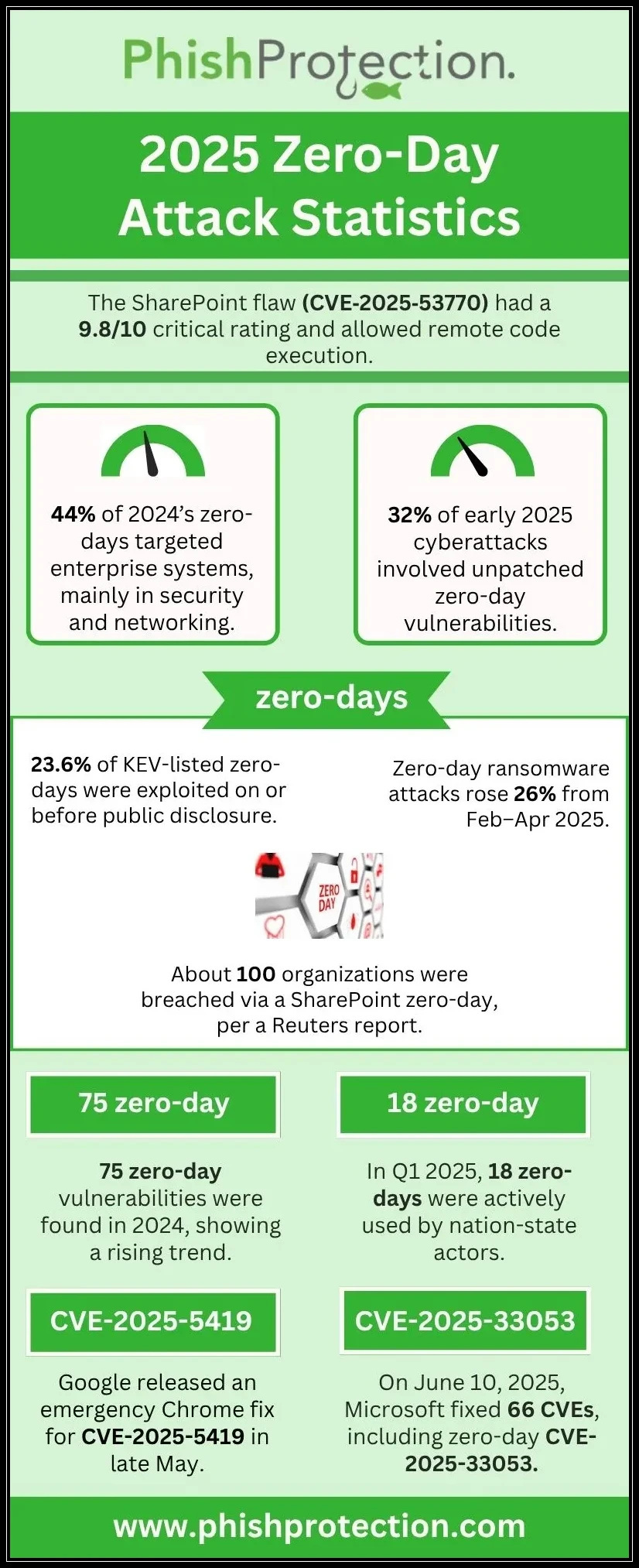Zero transfer phishing scams are among the latest attack vectors in the cyber threat landscape and have already started to stir the cryptocurrency realm.
Phishing scams remain a persistent challenge in the ever-evolving cyber threat landscape. The emergence of the zero transfer phishing scam, among other attack modules, has sent ripples through the cryptocurrency community. Investors have already lost more than $40 million in 2023 alone to these sophisticated phishing campaigns.
Considering the gravity of these cyberattacks, knowing how malicious players exploit unsuspecting victims is essential. The below passages explore how these phishing scams work and how you can draw your line of defense against this attack vector.
What Is a Zero Transfer Phishing Scam?
A Zero Transfer Phishing Scam is a strategic variation of traditional phishing attacks. Malicious actors specifically design these scams targeting cryptocurrency transactions. The attack module capitalizes on the tendencies of users to verify their recipient’s wallet addresses in haste. The users often rely on a cursory examination of the addresses’ first and last few characters. The malicious players create spoofed addresses to exploit this behavior.
Navigating the Waters of Zero Transfer Phishing Scams
The ever-shifting tides of the cyber threat landscape have unveiled a new wave of danger: zero transfer phishing scams. These attacks, while building upon the foundation of traditional phishing tactics, have harnessed a potent blend of innovation and manipulation to target the cryptocurrency realm. The consequences have been far-reaching, leading to both financial losses and a profound erosion of trust within the crypto community.
As this attack vector gains momentum, it’s imperative to delve into its nuances and explore strategies to safeguard digital assets against this sophisticated breed of cyber threat.
How Do Attackers Carry Out a Zero Transfer Phishing Scam?
Online attackers track on-chain token transfers, looking for potential victims. Once they identify them, the attacker evaluates their transaction history and notes the recipient’s address for the last transaction. Now that the adversaries have this information, they generate a deceptive address closely resembling the genuine recipient’s address by making the fake address’s first and last few characters the same as the genuine one.
Next, the attacker initiates a transaction from the victim’s address for zero amount to the malicious address, thus causing the wrong address to display at the top of the transaction list. The unsuspecting victim chooses this address from the list and transfers money to it, thinking it is the address of the genuine recipient to whom they have sent money earlier. Thus, the victim transfers substantial cryptocurrency amounts to a spoofed address.
Understanding Zero Transfer Phishing Scams
Zero transfer phishing scams epitomize the evolution of cyber threats into a realm where tactics are precision-engineered to exploit both human vulnerabilities and technological intricacies. Delving into the anatomy of these scams reveals an orchestrated dance between malicious actors and their unwitting victims.
By comprehending the mechanics underpinning zero transfer phishing, individuals and organizations can better understand the threat landscape, enabling them to devise proactive defense strategies and enhance their cybersecurity posture.
The Psychological Angle of Zero Transfer Phishing Scams
Like a typical social engineering attack, the psychological factor of deception primarily guides the success of zero transfer phishing scams. Online threat actors perpetrating these phishing scams prey on the victim’s tendency to scan addresses quickly. Naturally, victims tend to trust blockchain and wallet apps for validation.
Potential victims are lured into believing they send funds to known addresses based on their past transaction records. However, the ‘transfers’ that the attackers trigger involve zero-value tokens, evading the requirement of the traditional approval process from the source wallet. That implies that the transaction gets recorded on the blockchain without obtaining explicit consent from the victims.
Countermeasures Against Zero Transfer Phishing Scams
The zero transfer scam has made its way into recent phishing news, with many incidents being reported. This fact reflects the increasing threat to the crypto ecosystem. One of these scams led to a staggering loss of $20 million in Tether (USDT) in a single incident.
Cybersecurity experts and analysts are urging users to adopt vigilant measures to draw their line of defense against possible attacks. It’s imperative to adopt proactive measures to ward off potential traps.
Coinbase Wallet has already taken the initiative to safeguard users from such attacks. Besides, blockchain explorers like Etherscan have incorporated features highlighting muted token transfers associated with these scams. Experts advise users to double-check addresses displayed on wallet apps and check out adjacent addresses to detect potential attempts of zero transfer phishing scams.
Defending Against Zero Transfer Phishing Scams
In the face of escalating zero transfer phishing scams, a collective defense approach becomes paramount. The ecosystem’s resilience hinges on the collaboration between users, platforms, and industry experts. Industry leaders are redoubling their efforts to detect, prevent, and respond to these evolving threats.
For individual users, the proactive measures they can take include careful address verification, usage of trusted platforms, engagement in cybersecurity awareness activities, and undergoing phishing awareness training. Implementing such measures, along with the use of phishing protection tools, contributes significantly to maintaining their digital security.
These actions form an essential line of defense in avoiding potential threats. These collaborative endeavors, backed by robust security practices, fortify the ecosystem’s defenses against the encroachment of zero-transfer phishing scams.
Final Words
As the crypto ecosystem continues to evolve, it’s vital to have robust phishing prevention best practices in place. For users, exercising caution is of paramount importance. A skeptical mindset, along with a cyber-resilient behavior towards unexpected requests, can keep them safe. A defensive stance can protect cryptocurrencies from deceptive attempts like zero transfer phishing scams.




